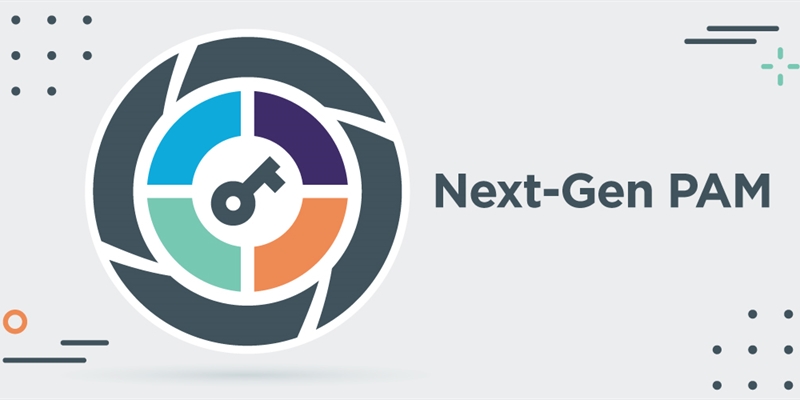The original purpose of privileged access management (PAM) technology was password management and delegation, and a way to unify UNIX environments. Since that time, the world of privileged resources and data has greatly expanded and become even more critical to the operations of organizations. On top of that, functionality that makes up PAM has expanded out of necessity; these areas include things like session management and behavior analytics. This is all good news, except for …
The main issue standing between all this advancement and achieving optimized usefulness is that each PAM enhancement was delivered in the form of stand-alone, incompatible point solutions, which were next to impossible to manage centrally and difficult to implement. Furthermore, these tools required users to change the way in which they worked and often led to user-acceptance issues.
That brings us to today, and the rise of multiplatform environments, digital transformation, AI, virtualization, robotic process automation (RPA) and DevOps practices. The IT world has changed and PAM ain’t what it used to be – it’s much more. So, if your organization relies on traditional solutions to manage privileged access, it’s time to look at next-generation PAM technology.
IT industry analyst, KuppingerCole, made an in-depth review of the current status and future of PAM technology. In this easy-to-read white paper, Enhanced Privilege Access Management Solutions, senior analyst Paul Fisher, breaks the far-ranging topic into five short sections and ultimately makes recommendations about how to identify your unique PAM needs, prioritize them and prepare your PAM strategy for today’s needs, as well as tomorrow’s.




Top Comments
It amazed me to think about, and it's the most pertinent topic I've read so far. Canterbury carpet cleaning
-

Annalice
over 3 years ago
-
Cancel
-
Up
0
Down
-
-
Reply
-
More
-
Cancel
Comment-

Annalice
over 3 years ago
-
Cancel
-
Up
0
Down
-
-
Reply
-
More
-
Cancel
Children